Home>Gardening & Outdoor>Outdoor Structures>What Size Shed Needs A Permit


Outdoor Structures
What Size Shed Needs A Permit
Modified: August 28, 2024
Discover if your outdoor structure requires a permit. Find out the shed size that needs a permit and avoid legal issues. Get the right information for your outdoor projects.
(Many of the links in this article redirect to a specific reviewed product. Your purchase of these products through affiliate links helps to generate commission for Storables.com, at no extra cost. Learn more)
**
Introduction
**
When considering adding a shed to your property, it's crucial to understand the permit requirements associated with this outdoor structure. While sheds can serve as valuable storage space, workshops, or even cozy retreats, the regulations surrounding their construction and placement can vary significantly based on location and shed size. In this comprehensive guide, we'll delve into the factors that influence permit requirements for sheds, with a specific focus on shed size and its impact on permit regulations. By the end of this article, you'll be equipped with the knowledge needed to navigate the process of obtaining a permit for your shed, ensuring a smooth and compliant addition to your property.
Understanding Permit Requirements for Sheds
Key Takeaways:
- Shed size is a crucial factor in determining permit requirements. Smaller sheds may be exempt, but larger ones typically need official approval. It’s important to research local regulations and engage with building authorities for a smooth construction process.
- Understanding permit requirements for sheds is essential. Factors such as shed size, zoning regulations, intended use, and foundation type influence the need for a permit. By following the permit application process, property owners can ensure compliance and safety for their shed construction project.
Understanding Permit Requirements for Sheds
Before embarking on the construction of a shed, it's essential to grasp the permit requirements associated with this endeavor. Permits are mandated by local building authorities to regulate construction activities, uphold safety standards, and ensure that structures comply with zoning regulations. When it comes to sheds, permit requirements are influenced by various factors, including the shed's size, intended use, and location.
Local building codes and zoning ordinances dictate whether a permit is necessary for a shed. These regulations are designed to maintain the aesthetic appeal of neighborhoods, prevent overcrowding of properties, and address safety concerns. In some areas, small sheds below a certain size threshold may be exempt from permit requirements, while larger or more elaborate structures necessitate official approval.
Understanding the specific permit requirements for sheds in your area is crucial. This typically involves researching the regulations set forth by your local building department or municipality. By familiarizing yourself with these requirements, you can ensure that your shed construction project complies with the necessary regulations, avoiding potential fines or the need for costly modifications in the future.
Factors such as the shed's size, proximity to property lines, and intended use all play a role in determining permit requirements. In the following sections, we'll explore how these factors influence the need for a permit and provide insights into navigating the process of obtaining approval for your shed construction project.
Factors That Determine Permit Requirements
Factors That Determine Permit Requirements
Several key factors influence the permit requirements for shed construction. Understanding these variables is essential for navigating the regulatory landscape and ensuring compliance with local building codes. The following are primary factors that play a crucial role in determining whether a permit is needed for a shed:
- Shed Size: The size of the shed is a fundamental determinant of permit requirements. In many jurisdictions, smaller sheds below a certain square footage threshold may be exempt from permit mandates, while larger structures necessitate official approval. The specific size threshold varies by location, so it’s essential to consult local regulations to ascertain the permit requirements based on shed dimensions.
- Zoning Regulations: Zoning ordinances and property designations impact permit requirements for sheds. Properties located within designated residential, commercial, or agricultural zones may be subject to distinct regulations governing the construction of sheds. Zoning codes often outline setback requirements, which dictate the minimum distance a shed must be situated from property lines, structures, or other features. Adhering to these setback regulations is crucial in determining whether a permit is necessary.
- Intended Use: The intended use of the shed can influence permit requirements. Sheds utilized for storage purposes may face different regulations compared to those intended for habitation, workshops, or commercial activities. Local building authorities consider the intended use of the shed when assessing permit mandates, as structures with habitable or commercial functions typically undergo more stringent scrutiny.
- Foundation and Structural Considerations: The method of shed foundation and its structural characteristics can impact permit requirements. Sheds with permanent foundations, electrical installations, plumbing, or complex structural features may trigger additional permit prerequisites to ensure compliance with safety and building codes.
By comprehending these factors, property owners can effectively evaluate the permit requirements for their shed construction projects. It’s essential to consult with local building authorities or zoning departments to gain clarity on how these factors apply to specific permit regulations in your area.
Shed Size and Permit Regulations
Check with your local building department to determine if a permit is needed for your shed. Permit requirements can vary based on size, location, and zoning regulations.
Shed Size and Permit Regulations
The size of a shed is a critical factor in determining the permit regulations that apply to its construction. Local building codes and zoning ordinances often stipulate size thresholds that trigger permit requirements for sheds. Understanding how shed size influences permit regulations is essential for property owners planning to add this outdoor structure to their premises.
In many jurisdictions, smaller sheds below a certain square footage threshold are exempt from permit mandates. This threshold typically ranges from 100 to 200 square feet, but it’s important to note that these specifications vary by location. Property owners must consult their local building department or municipality to ascertain the specific size threshold that triggers permit requirements in their area.
Sheds that fall below the designated size threshold may be considered “minor structures” and may not require official permits for construction. However, it’s crucial to adhere to setback regulations, which dictate the minimum distance a shed must be situated from property lines, structures, or other features. Even exempt sheds must comply with these setback requirements to ensure compliance with zoning ordinances and property regulations.
For sheds exceeding the size threshold, obtaining a permit becomes a necessary step in the construction process. Property owners embarking on the construction of larger sheds must navigate the permit application process, which typically involves submitting detailed plans, specifications, and other relevant documentation for review by local building authorities. Compliance with building codes, structural requirements, and zoning regulations is thoroughly assessed during the permit review process for larger sheds.
It’s important to recognize that the size threshold triggering permit requirements is not the sole consideration. Other factors, such as the shed’s intended use, foundation type, and structural features, also influence permit regulations. Property owners should approach shed construction with a comprehensive understanding of these factors to ensure compliance with permit requirements and avoid potential complications during the construction process.
How to Obtain a Permit for Your Shed
How to Obtain a Permit for Your Shed
Obtaining a permit for your shed is a crucial step in ensuring compliance with local regulations and building codes. The process of acquiring a permit for shed construction involves several key steps, each designed to uphold safety standards and regulatory requirements. Here’s a comprehensive guide on navigating the permit application process for your shed:
- Research Local Regulations: Begin by researching the permit requirements and regulations specific to sheds in your local area. Contact your local building department or visit their website to access information on permit applications, size thresholds, setback requirements, and any other pertinent regulations governing shed construction.
- Prepare Detailed Plans: Before applying for a permit, prepare detailed plans for your shed construction project. The plans should encompass the shed’s dimensions, foundation type, structural features, intended use, and any additional elements that may impact permit requirements, such as electrical installations or plumbing.
- Complete Permit Application: Obtain the necessary permit application forms from your local building department. Fill out the application accurately, providing all requested details and attaching the required documentation, including the shed plans, specifications, and any other materials stipulated by the permit application guidelines.
- Submit Application and Pay Fees: Once the permit application is complete, submit it to the relevant department along with any applicable fees. Permit fees vary by location and are typically based on the shed’s size and scope of construction. Ensure that all required fees are paid in accordance with the guidelines provided by the building department.
- Review and Approval: After submitting the permit application, it undergoes a review process by local building authorities. During this stage, the plans and specifications are assessed for compliance with building codes, zoning regulations, and safety standards. If the application meets all requirements, the permit is approved, and you receive official authorization to proceed with the shed construction project.
- Commence Construction: Once the permit is approved, you can commence the construction of your shed in accordance with the approved plans. It’s essential to adhere to the specifications outlined in the approved permit and ensure that construction activities align with the regulatory guidelines set forth by the permit.
- Final Inspection: Upon completing the shed construction, a final inspection is typically required to verify that the structure complies with the approved plans and regulatory standards. If the shed meets all requirements, it receives final approval, signifying the successful completion of the construction project.
By following these steps and engaging with your local building department throughout the permit application and construction process, you can ensure that your shed project adheres to all necessary regulations and receives the official approvals required for a compliant and safe addition to your property.
Conclusion
Read more: What Home Projects Need A Permit
Conclusion
Understanding the permit requirements for sheds is essential for property owners seeking to add this valuable outdoor structure to their premises. The regulations governing shed construction are influenced by a variety of factors, with shed size playing a significant role in determining permit mandates. By comprehending the interplay of shed dimensions, zoning regulations, and intended use, property owners can navigate the permit application process with confidence and ensure compliance with local building codes.
When embarking on a shed construction project, it’s imperative to research the specific permit requirements in your local area. Familiarizing yourself with size thresholds, setback regulations, and other pertinent guidelines enables you to approach the permit application process with clarity and foresight. By preparing detailed plans, submitting accurate permit applications, and engaging with local building authorities, property owners can secure the necessary permits for shed construction while upholding safety standards and regulatory compliance.
Obtaining a permit for your shed is not only a regulatory necessity but also a fundamental step in ensuring the structural integrity and safety of the constructed shed. Compliance with permit requirements safeguards against potential legal complications and fosters a smooth construction process, culminating in a compliant and functional addition to your property.
As you embark on your shed construction journey, remember that each step toward obtaining a permit contributes to the overall safety and regulatory adherence of your project. By leveraging the insights and guidelines outlined in this guide, you can navigate the permit application process with confidence, ultimately bringing your shed construction vision to fruition in a manner that aligns with regulatory standards and enhances the functionality of your property.
Frequently Asked Questions about What Size Shed Needs A Permit
Was this page helpful?
At Storables.com, we guarantee accurate and reliable information. Our content, validated by Expert Board Contributors, is crafted following stringent Editorial Policies. We're committed to providing you with well-researched, expert-backed insights for all your informational needs.
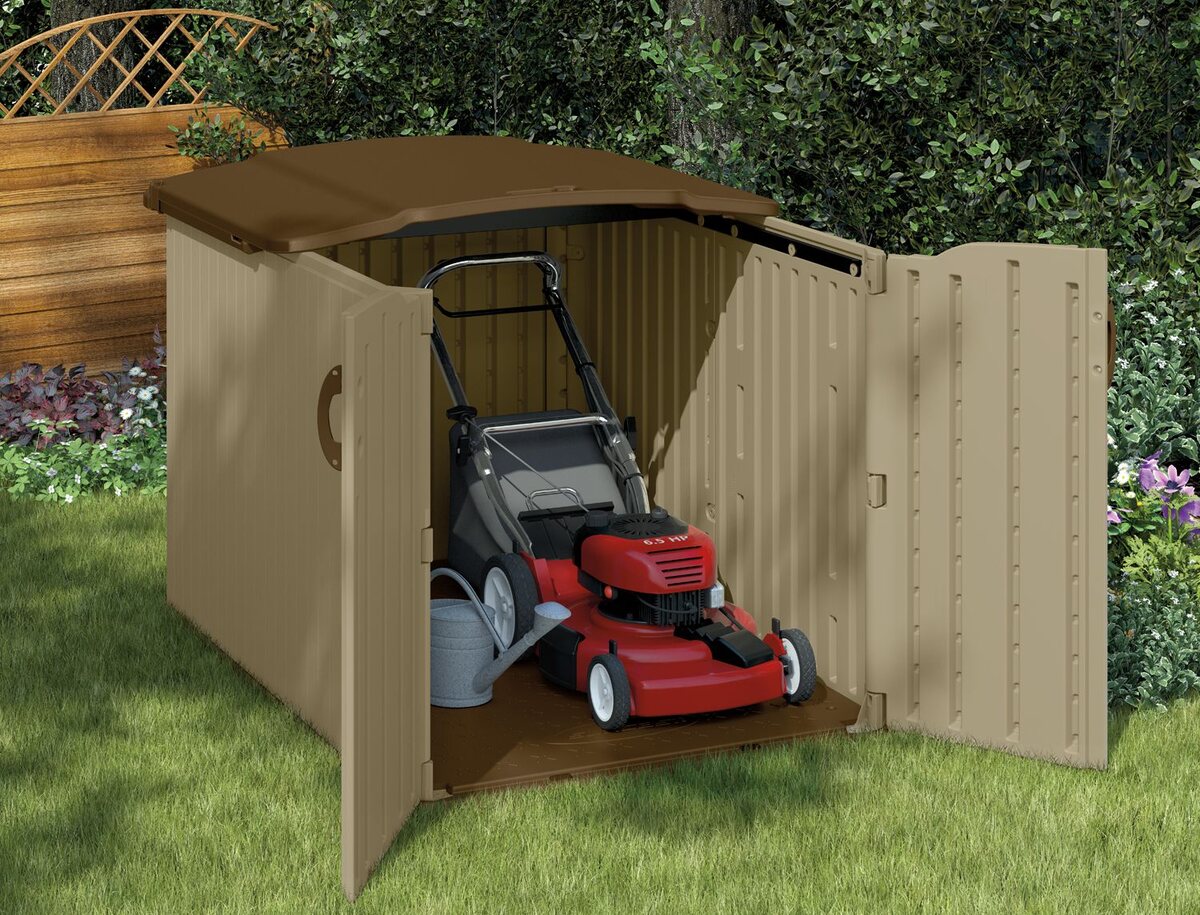

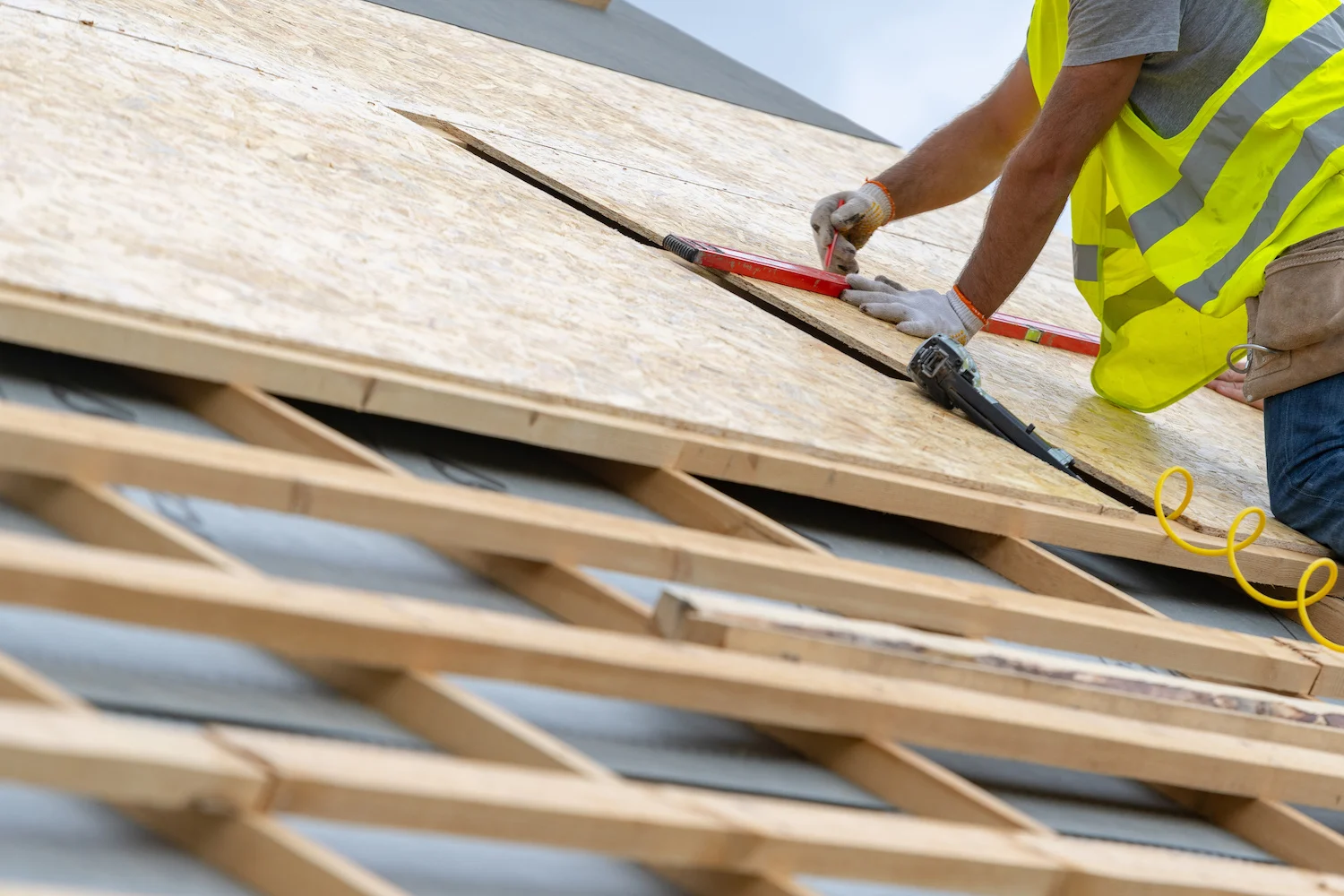
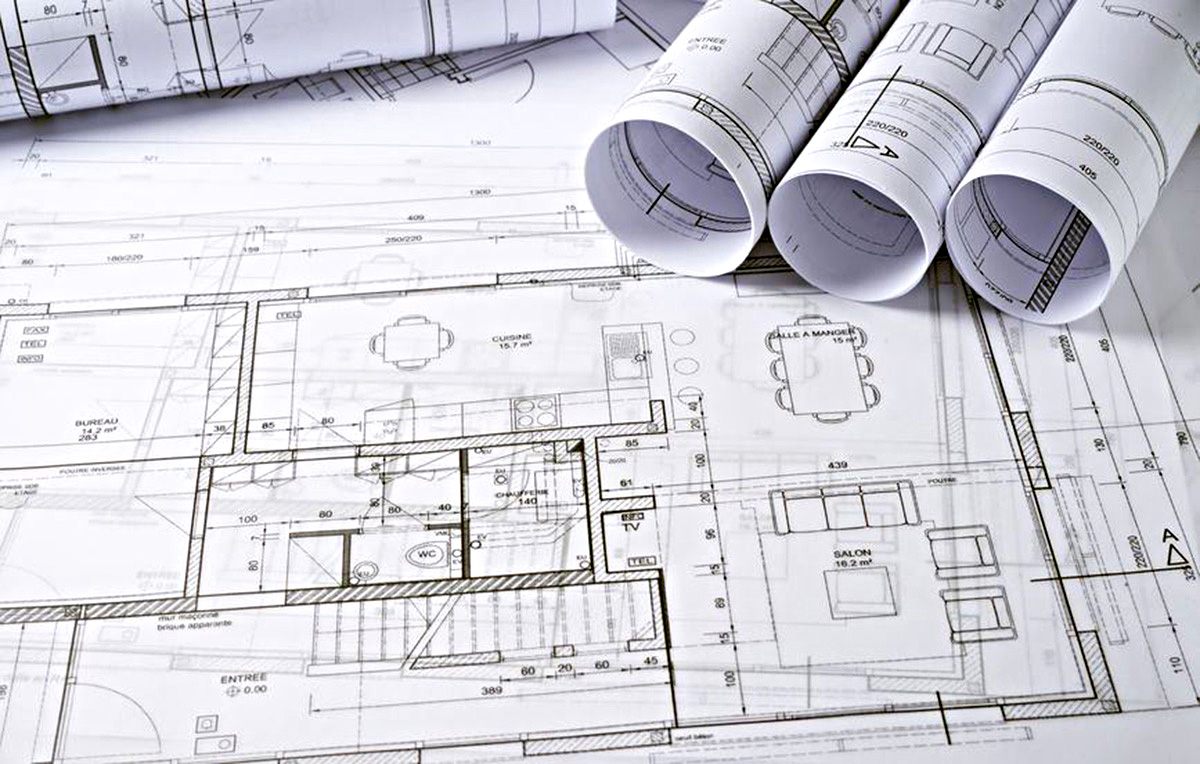
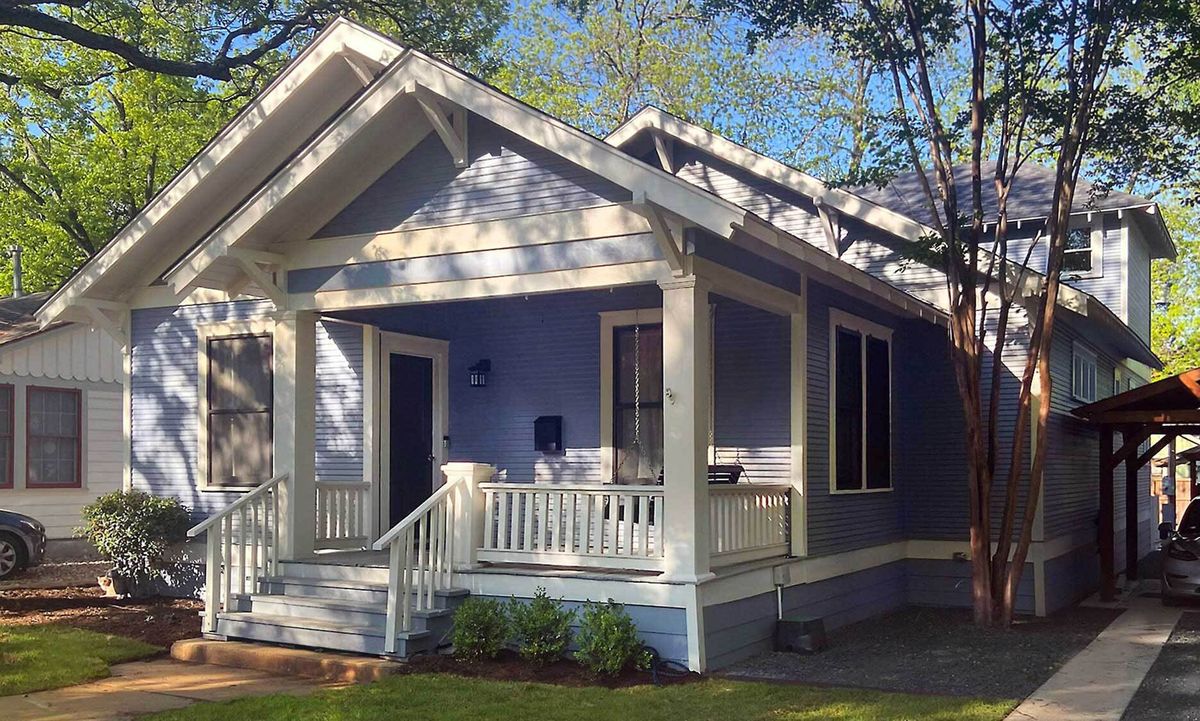
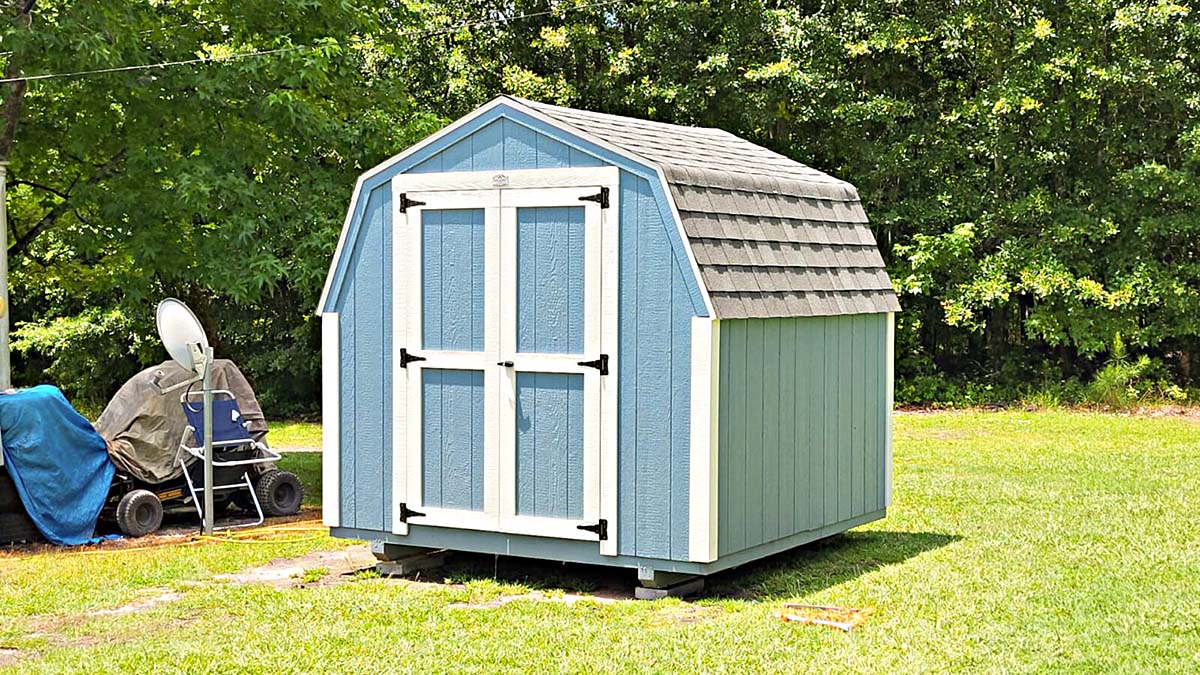

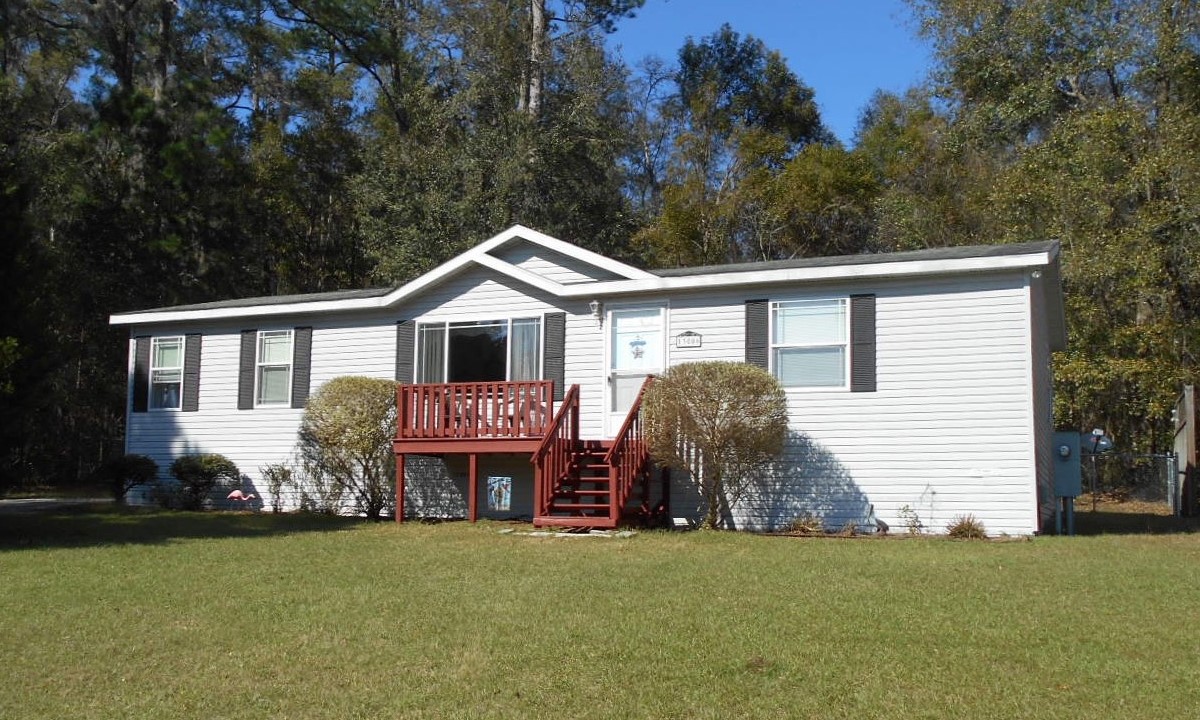
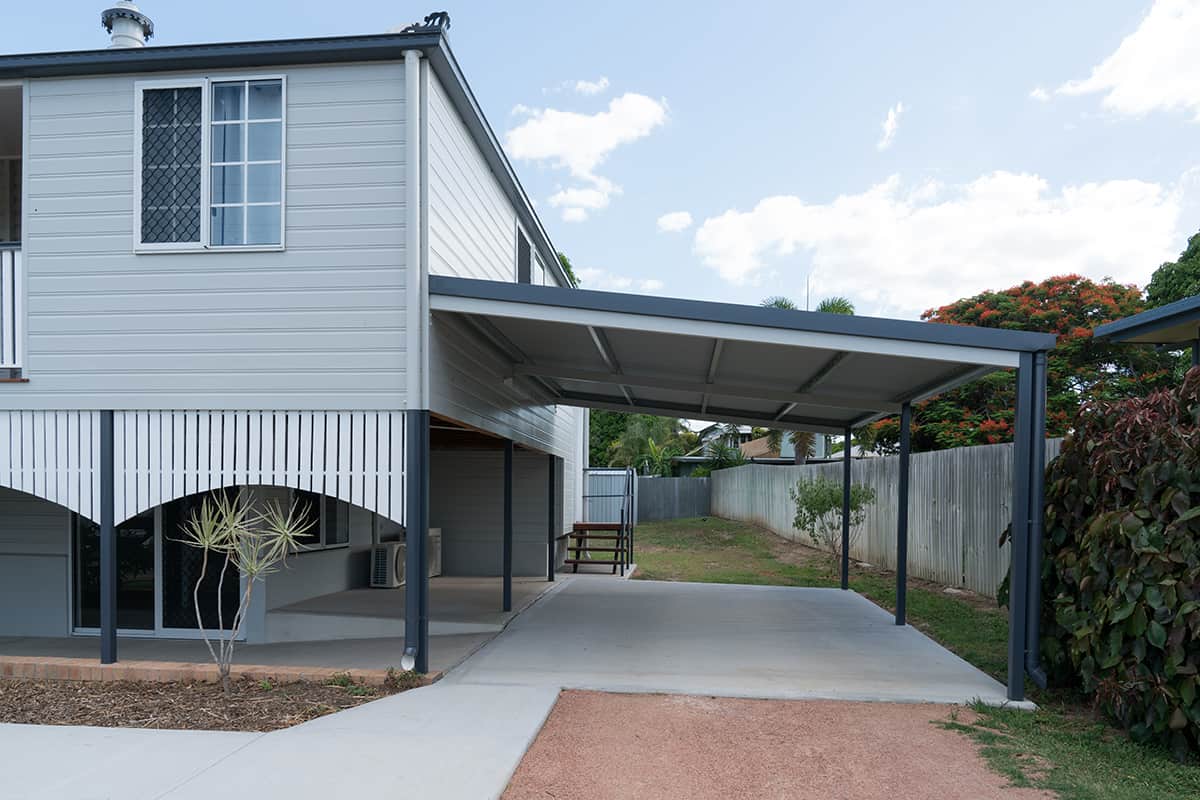

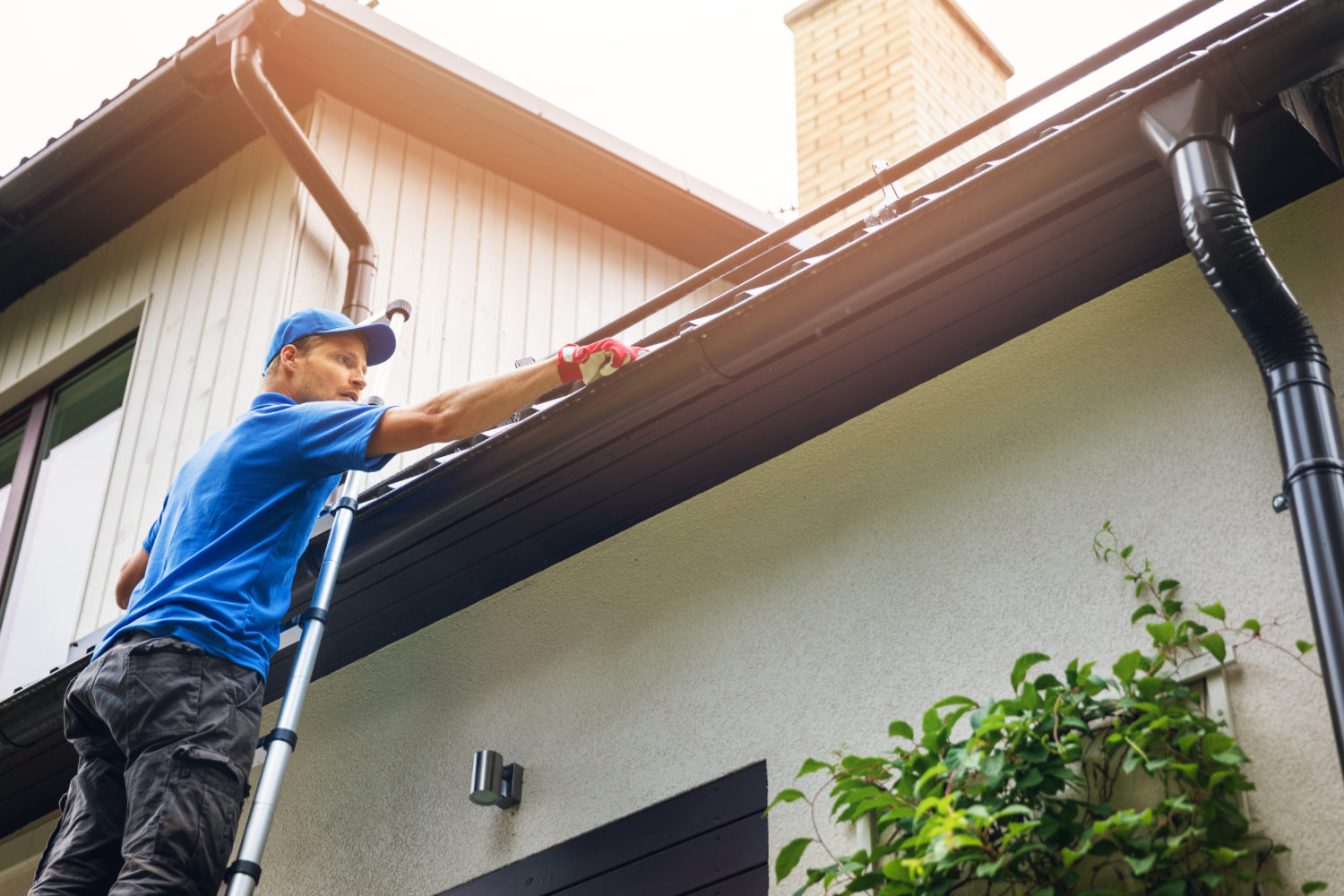




0 thoughts on “What Size Shed Needs A Permit”